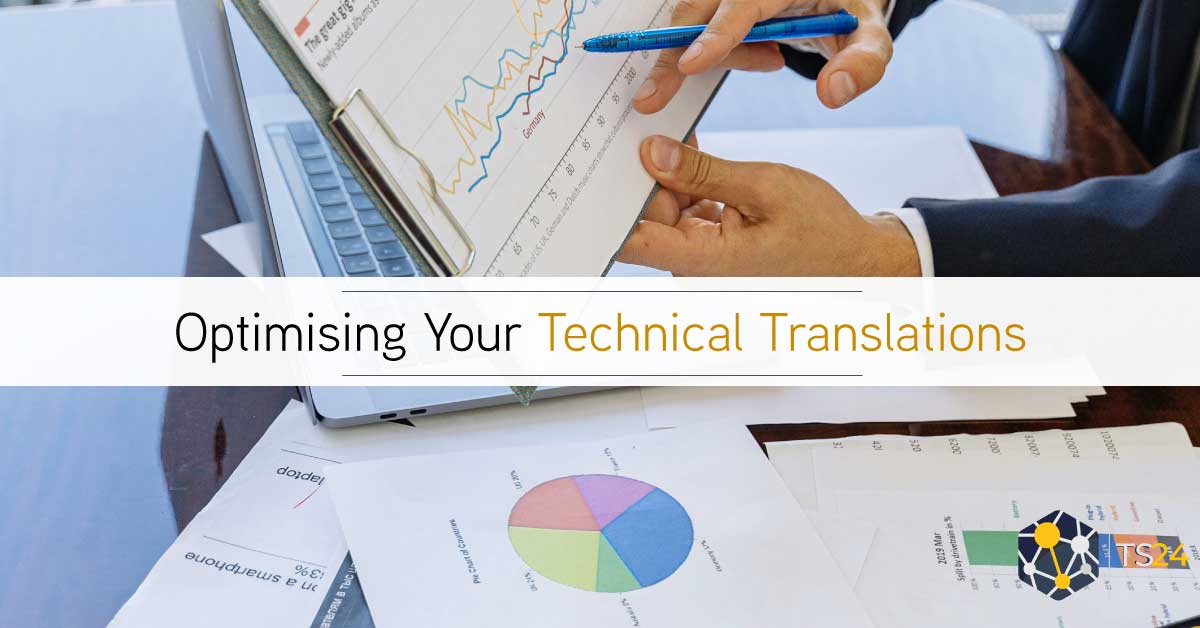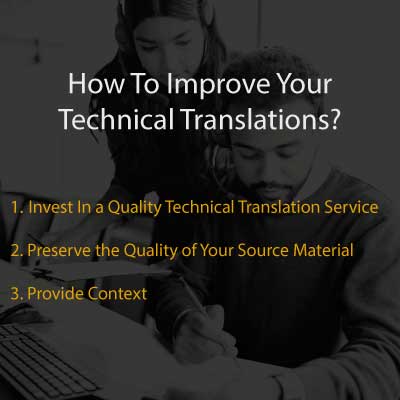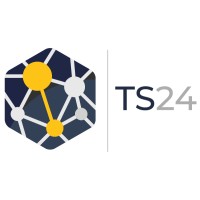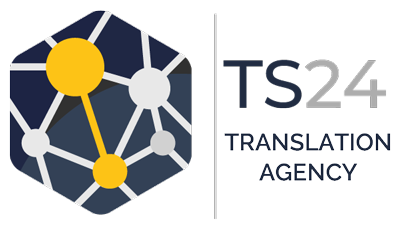Optimising Your Technical Translations: Expert’s Tips for Better Results
When it comes to business, language translations can make or break your success in international markets. Even a minor error can turn into a massive disaster…
Take, for example, Parker, a well-known company that expanded to Mexico. Its slogan ended up suggesting something entirely unintended: “It won’t leak into your pocket and impregnate you.”
While such blunders are downright embarrassing, technical translations can have far more severe consequences for brands. Here, incorrect translations could be dangerous and even life-threatening in some cases. Therefore, optimising your translation process is essential to avoid these high-stakes pitfalls.
What Are Technical Translations?
Technical translations involve translating complex, industry-specific content while preserving the intent of the original material. It could involve localising a software interface, an engineering manual, or a medical report.
It goes without saying that a technical translator needs to deeply understand both the target language and the subject matter. Otherwise, unwanted errors are bound to arise.
Let’s explain this with an example. Imagine you have a user manual for a piece of specialised machinery. You’re struggling to understand it because it contains jargon and detailed instructions in another language.
A technical translator’s job is to translate these instructions precisely into the target language. For example, if the manual includes a step that says, “Tighten the bolt until it reaches 50 Nm of torque,” the translator needs to be conscientious enough to translate that little “Nm” (Newton meters) as well.
Why? Because a mistake when translating the unit of measurement can lead to improper assembly, which means the equipment will fail to function.
Accurate technical translations ensure that someone on the other side of the world can safely use a product (or service) just as the original manufacturer intended.
EXPERT’S TIP: Are you looking for a new translation agency to work with? Here are the 5 main factors you should consider!
What Makes Technical Translations Particularly Challenging?
Technical translations are far more complex than standard or even certified translations. While translating everyday text, like a general letter post or a text message, requires converting phrases from one language to another, technical translations must dig more profound than that. They need to get every detail right because there’s no room for error.
Research highlights that this type of translation attempts to “produce on its reader an effect as close possible to that obtained on the reader of the original.”
It must also preserve both the content and form of the source text. Let’s simplify this with an example: you’re required to translate a marketing slogan versus a medicine manual. The slogan gives you room for creativity. Sure, you have to get it right, too, but cultural differences let you adapt the message to some extent.
However, the latter scenario doesn’t leave any room for interpretation. You must translate every instruction and warning with absolute accuracy. In case a phrase like “administer 5 mg of medication” gets mistranslated to “administer 50 mg,” the consequences could be harmful.
This level of precision makes technical translations difficult. First, the translator needs to be fluent in both languages. Second, they must have expertise in the specific field they’re working in. This prevents mistranslations that may otherwise even lead to legal issues.
3 Tips to Improve Technical Translations
Getting technical translations right is no walk in the park; one misstep and the whole message can falter. So, together with our translation experts, we’ve prepared this list with tips that will help you to tweak your approach and to avoid errors that can lead to severe implications.
Invest In a Quality Technical Translation Service
Just like you wouldn’t visit a GP for your kneecap surgery, you wouldn’t want a general linguist without the specified expertise handling your highly technical documents.
So, consider working with an expert translation agency that is highly rated and experienced in dealing with language projects similar to yours. This ensures that your technical content and documents are accurately translated every time. Here are some other things to consider:
- Look for platforms with a track record of working with companies that require detailed, accurate translations.
- Reliable service providers also offer project managers who understand your needs and can connect you with the right experts.
- Ideally, choose a service that uses advanced to help manage large projects efficiently.
Preserve the Quality of Your Source Material
While skilled translators do a pretty good job handling technical translations, you, too, need to do some work. For instance, you must ensure the source material is well-organised and accurate for better translations.
So, before sending your content for translation, take the time to refine it.
First, check that your original material is free of errors. Ambiguities can lead to inaccurate translations.
Second, organise your source material properly; a poorly structured text is challenging to comprehend. And finally, consider using simple, direct language wherever possible. This doesn’t mean dumbing down the content but avoiding complex phrasing that might not translate well.
You can also create a style guide for translators. This may include:
- Specific terminology
- Preferred phrasing
- Industry-specific details
This will preserve the subtleties that need to be maintained. Remember, the more information you provide, the better you equip the translators to produce high-quality translations.
Provide Context
To ensure your technical translations hit the mark, providing context is key. Put simply, when you send your technical documents for translations, consider including a brief overview of the document. This may include information like who it’s for and how it’s intended to be used.
For example, if you translate a technical manual for a new software program, let them know what the software does. Maybe highlight its key features and the target audience. This way, the translator understands the whole picture, which helps them translate technical instructions correctly.
If possible, provide them with additional resources (documentation, reference guides, or glossaries) as well. This extra layer of context minimises the risk of errors.
EXPERT’S TIP: Want to learn more about certified translations and the role of professional translators? Here’s our latest article!
Final Thoughts
Clear, accurate communication can distinguish between a successful international expansion and a missed opportunity. This precision becomes even more critical for technical content. One tiny error can cost your business reputation or lead to legal issues. However, investing in a professional technical translation service provider can be a game-changer for your business and all of its needs.
About TS24 Translation Agency
Translation Services 24 (TS24) is the UK’s leading translation agency based in London with professional translators working in over 200 languages. We provide services to clients in all corporate and public industries and specialise in sector-specific linguistic solutions. With over a decade of experience in the industry, 15+ million words converted every year and 100,000+ projects completed, TS24 is a leading provider of expert translations and interpretation services and an officially certified member of the ATC. Contact TS24 here. You can also read all of our recent articles here.
Follow Translation Services 24 on Social Media







